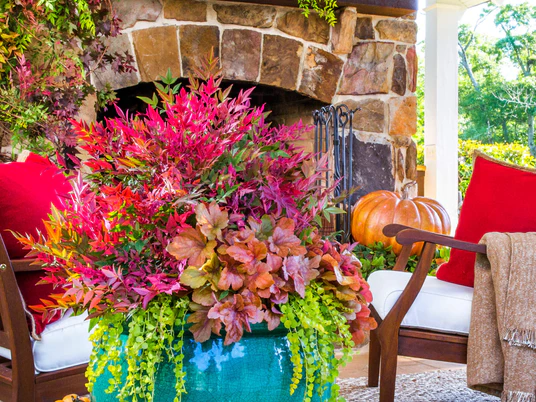Ever Midnight Agapanthus
Ever Midnight Agapanthus - 2.5 Quart is backordered and will ship as soon as it is back in stock.
Description
Description
The Ever Midnight Agapanthus, or Lily of the Nile, is native to South Africa. This perennial with blue flowers adds a touch of elegance to any landscape. With its lush green, strap-like leaves growing in a clumping habit, this plant can reach around 2 feet tall. It is versatile for garden borders, flower beds, or containers.
The key to the successful growth of the Ever Midnight Agapanthus is providing optimal conditions. Agapanthus plants thrive in well-draining soil rich in organic matter and prefers full sun to partial shade. While it can tolerate some shade in warmer climates, it does require regular watering, especially during dry spells. However, be mindful not to overwater as it can lead to root rot.
Caring for Your Ever Midnight Agapanthus
Proper care is crucial to the health and beauty of your Ever Midnight Agapanthus. Here are some guidelines to help your plants flourish:
Watering Your Agapanthus Plant
Deeply water your blue agapanthus, allowing the soil to dry slightly between watering. Avoid letting the soil become overly dry, which can stress the plants. In hot summer months, increase watering frequency to maintain moist soil.
Fertilizing and Soil Requirements
Regular fertilization using a balanced, slow-release fertilizer in early spring promotes healthy growth and vibrant blooms. The soil should be rich in organic matter and drain well to provide optimal conditions.
Pruning and Maintenance
While pruning isn't typically necessary, removing spent flowers can encourage continuous blooming. After the blooming season, you can trim back the foliage, if desired, to keep the plants tidy. The foliage isn't known to get unruly, so this is a personal preference.
Regularly inspect for signs of pests or diseases and treat any issues promptly. Adequate sunlight, preferably full sun, promotes overall health and vigor.
Care & Use
Care & Use
Spacing Recommendations
Spacing Recommendations
-
Scientific Name
-
Hardiness Zone8, 9, 10, 11
-
Sun ExposureFull Sun to Part Shade
-
Evergreen or DeciduousSemi-Evergreen
-
FeaturesAttracts Birds / Butterflies, Disease Tolerant, Drought Tolerant, Flowering
-
Feature ColorGreen, Purple
-
UsesAccent, Border, Container, Cut Flowers, Groundcover, Hedge, Mass Planting
-
Water NeedsMedium
-
Bloom SeasonSpring, Summer
Growing Zones : 8, 9, 10, and 11


Southern Living Plants

